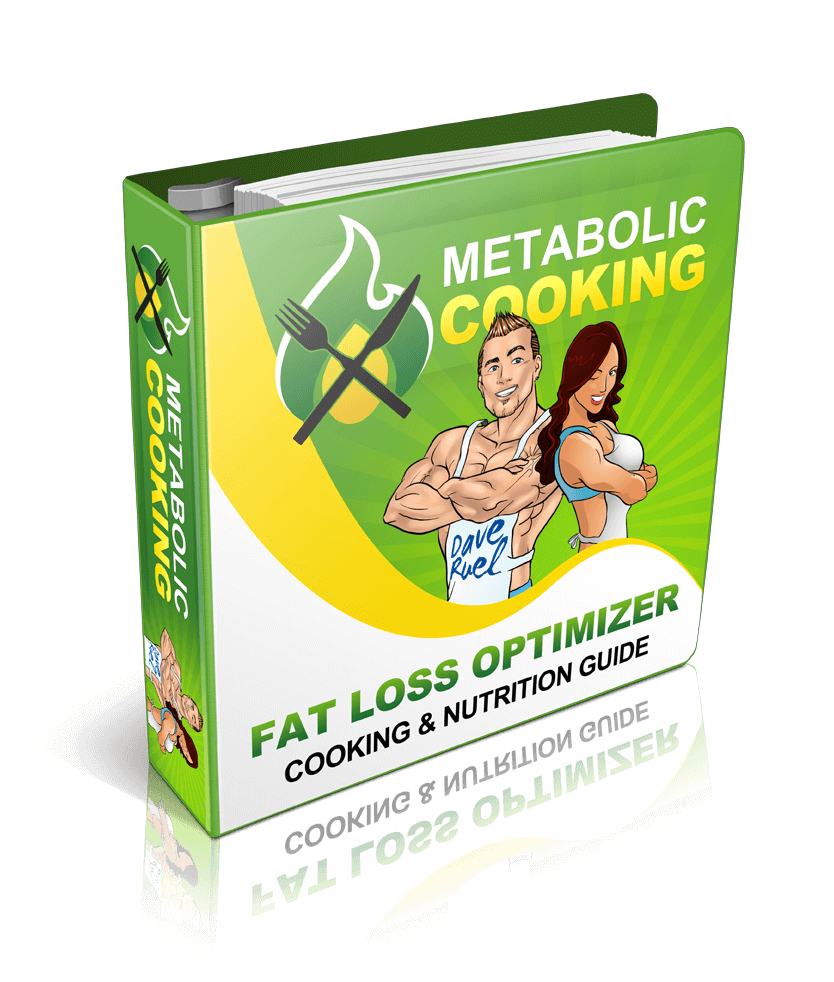Reducing fatty foods in our diet can seem like a daunting task, especially when the myth that healthy food is tasteless looms large. However, cutting out fatty foods doesn’t mean you have to sacrifice flavor. With the right strategies and a bit of creativity, you can enjoy delicious meals that are both healthy and satisfying.

Understanding Fatty Foods
Before we dive into how to cut out fatty foods, it’s important to understand what they are. Fatty foods often contain high amounts of unhealthy fats, such as saturated and trans fats. These can be found in fried foods, processed snacks, and fatty cuts of meat. On the other hand, there are healthier fats, like monounsaturated and polyunsaturated fats, found in avocados, nuts, and fish.

Why Reduce Fatty Foods?
Reducing fatty foods in your diet comes with numerous benefits. It helps manage weight, improves heart health, and lowers the risk of chronic diseases like diabetes and high blood pressure. Plus, with the right approach, your meals can still be packed with flavor.
Finding Flavorful Alternatives
One of the keys to cutting out fatty foods without losing flavor is finding the right substitutes. Herbs and spices are fantastic for adding depth and complexity to your dishes. Think of fresh basil, cilantro, garlic, and ginger. They can transform any meal into a flavorful experience.
Healthy Cooking Techniques
Cooking techniques play a significant role in how your food tastes and how healthy it is. Grilling and baking are great methods to keep food tasty while reducing fat. Steaming and poaching help retain the food’s natural flavors without adding extra fat. If you prefer sautéing, use minimal oil or switch to healthier options like olive oil.

Incorporating More Vegetables
Vegetables are not only nutritious but can also be incredibly flavorful. Choose vibrant, fresh veggies like bell peppers, tomatoes, and spinach. Experiment with creative recipes like roasted vegetable medleys or veggie stir-fries. The natural sweetness and umami flavors of vegetables can make any dish exciting.

Leaning on Lean Proteins
Lean proteins are essential for a healthy diet. They provide the necessary nutrients without the extra fat. Options like chicken breast, turkey, and fish are excellent choices. You can also explore plant-based proteins like beans, lentils, and tofu, which are not only low in fat but also rich in flavor.
Whole Grains for Texture and Taste
Whole grains add a nutty flavor and hearty texture to your meals. They are also packed with nutrients and fiber. Brown rice, quinoa, and whole wheat pasta are fantastic options. Incorporate these into your meals to enhance both taste and nutrition.
Smart Dairy Choices
When it comes to dairy, opt for low-fat or non-fat versions. Greek yogurt, skim milk, and low-fat cheese can be just as satisfying as their full-fat counterparts. Dairy alternatives like almond milk or soy cheese are also worth exploring.

Healthy Fats: The Good Guys
Not all fats are bad. Healthy fats, like those found in avocados, nuts, and olive oil, are beneficial for your health. They can improve heart health and help you feel full longer. Incorporate these fats in moderation to maintain a balanced diet.

Flavor Boosters
Natural flavor enhancers like lemon juice, vinegar, and soy sauce can add a zesty kick to your dishes. Healthy sauces and dressings made from ingredients like Greek yogurt, mustard, and herbs can elevate your meals without adding unnecessary fat.
Mindful Eating
Mindful eating involves paying full attention to your food, savoring each bite, and recognizing hunger and fullness cues. This practice helps you enjoy your food more and avoid overeating. Portion control is also crucial – it allows you to enjoy your favorite foods without overindulging.
Reading Labels and Making Smart Choices
Understanding nutrition labels can help you make smarter food choices. Look for products low in saturated and trans fats. Ingredients lists can also reveal hidden fats and sugars. Being an informed shopper makes it easier to stick to a healthy diet.

Meal Planning and Preparation
Meal planning can save you time and help you stick to your dietary goals. Prepare a weekly menu that includes a variety of healthy, low-fat meals. Batch cooking and storing meals in portions can make healthy eating convenient and stress-free.
Conclusion
Cutting out fatty foods without sacrificing flavor is not only possible but can also be enjoyable. By making smart choices, exploring new flavors, and adopting healthy cooking techniques, you can create delicious, nutritious meals that support your overall well-being. Start making these changes today and experience the benefits of a healthier diet.
FAQs
How can I satisfy my sweet tooth without fatty foods?
Try fresh fruits, yogurt with honey, or a small piece of dark chocolate. These options can satisfy your cravings without the excess fat.
Are all fats bad for you?
No, healthy fats like those found in avocados, nuts, and olive oil are beneficial and necessary for your body.
How can I make my favorite recipes healthier?
Use healthy cooking techniques, reduce added fats, and incorporate more vegetables. Swap high-fat ingredients for low-fat alternatives where possible.
What are some quick and easy low-fat snacks?
Fresh fruit, vegetable sticks with hummus, and air-popped popcorn are all great low-fat snacks.
How do I handle cravings for fatty foods?
Try to identify the cause of your cravings. Sometimes, it’s thirst or boredom. If it’s genuine hunger, choose healthier alternatives that are equally satisfying.

We Have Developed The
Simplest And Fastest Way To Preparing
And Eating Delicious Fat Burning Meals
Every Day For The Rest Of Your Life
